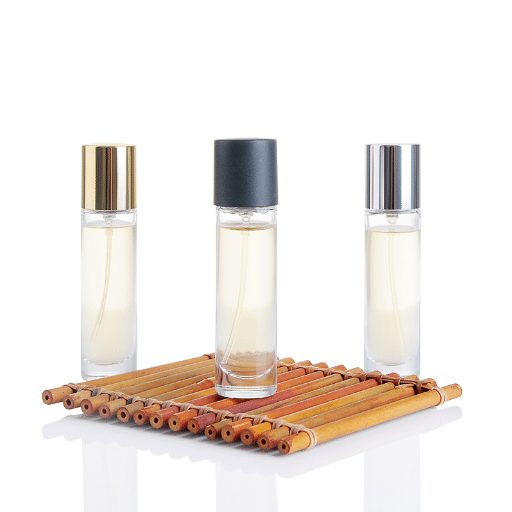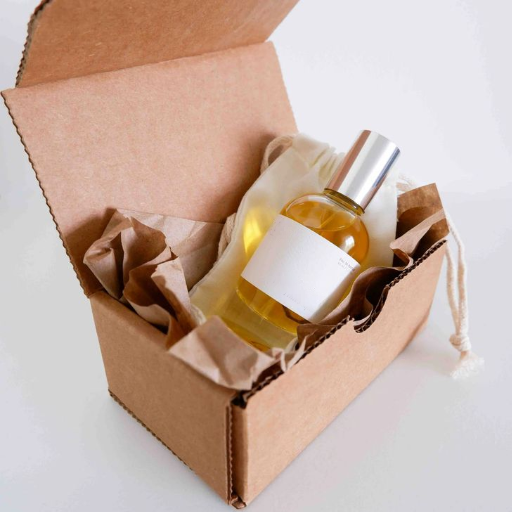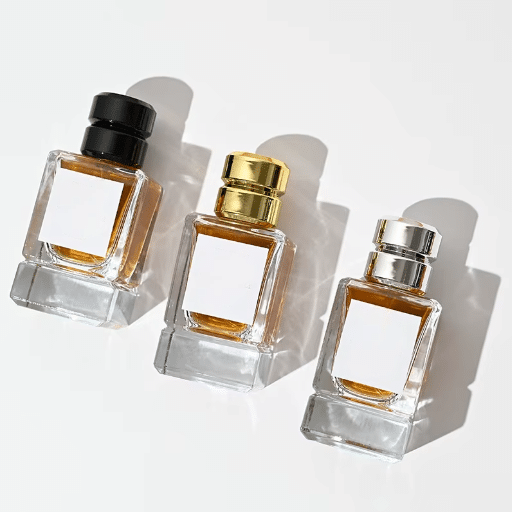Perfume is an art world where one of the most essential senses, joys, and pleasures are involved and represented by these people who are wearing it, and doing so for the same reasons, and not necessarily in the same order of reasoning. It is generally believed that the olfactory perception also works in this “classical” way – that is, by helping to ‘scent out’ our surroundings through the ‘voluptuary care’ of the sense of touch. It would be impractical to trust that people started using perfumes for reasons other than religious ones, because that is the least common use of them, whether religious purposes were close to any other human actions or Tantra sex. The easiest way to explain this would be through a religious symbolic event, which many take into account in their daily lives, and through that, most definitely, at least the very first ritual applications of perfumes would have taken place. Even if this is not 100% scientifically proven, at least it is not directly associated with the evidence.
Introduction to Iconic Perfume Bottles
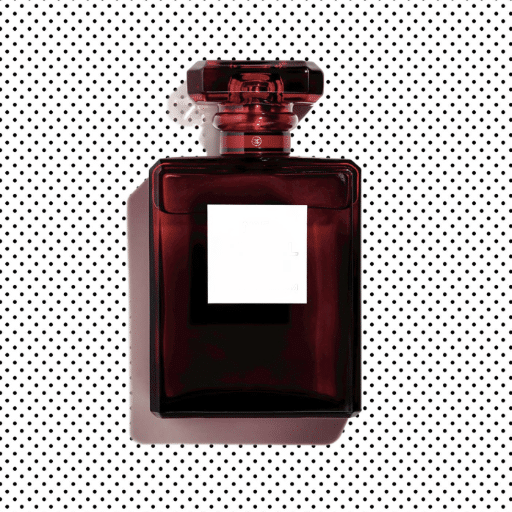
Perfume bottles are more than just carriers; they are masterpieces that reflect the culture, fashion, and creativity of the era they came from. Designs that have become iconic —such as Chanel No. 5’s minimalist rectangular bottle, elegant and evergreen, or the lavishness of Baccarat crystal creations —are the ones that can be singled out immediately. These bottles are often the ones that go beyond their functional purpose and become luxuries and inventions. The perfume itself is already about the sense of smell, but now it is also about the characteristic shapes, materials, and decorations of the bottles. There is a visual and olfactory connection being made between the two. The perfume bottles, among the most beautiful practical items, continue to win the hearts of collectors and fans with their beauty.
The Significance of Bottle Design in Fragrance
The perfect combination of innovation and craftsmanship makes modern perfume bottles masterpieces and the main attraction of this trend. According to the concept of “going green,” environmental sustainability is a big plus – even the most fashionable brands are using recycled glass and completely biodegradable materials. Innovations in technology, such as refillable designs, are part of the brands’ efforts to reduce waste while also enhancing users’ convenience. The quality and precision of the work, whether it’s making hand-blown glass or engraving tiny details, indicate not only a high level of artistry and creativity but also provide the participants with a more luxurious experience. This high level of specialization is what makes craftsmanship the main factor in the overall sensory experience. Through these kinds of innovations, fragrance manufacturers can tell their unique stories while keeping the market active, and bottling is the process chosen to be both an artistic and functional statement, thus emphasizing the beauty of bottle design.
What Makes a Perfume Bottle Iconic?
A prestigious perfume bottle not only stands out for its beauty but also remains the most recognizable and functional item. The game-changing factor lies in design: different shapes, delicate details, and bottle features elevate the work to the level of a masterpiece. The use of high-quality raw materials, such as crystals, metals, or green components, enhances the fragrance of the perfume and the colors of the bottles for consumers. The designs should not only be good-looking but also easy to hold and smell when the fragrance is on the skin. Brand storytelling and historical significance are two other factors that deliver the magic and elevate a bottle to its iconic status in the market. Furthermore, companies that follow the sustainability trend are on the right path, with refillable and recyclable products strong sellers, especially among environmentally conscious customers. By themselves, these factors form a triangle of art, utility, and symbol, creating an environment in which a perfume bottle can be recognized as a cultural and artistic icon.
A Brief History of Perfume Bottles
Bottles filled with perfume have a diverse history dating back to ancient civilizations, and they symbolize a blend of functionality and artistic expression. Many years ago, we can find the first example of bottles manufactured in Ancient Egypt, in which scents were preserved in alabaster containers that were very detailed and mainly used for religious services. The technique of blowing glass enabled the Romans to produce a larger, more varied range of bottle designs. Furthermore, with the rise of the Renaissance, European perfume bottles had a dual core of beauty and utility; they were often made of precious metals or decorated with gemstones, symbols of wealth and high social status.
The Industrial Revolution was a period of significant transformation because new bottling techniques enabled the creation of standard yet artistically beautiful bottles. In the 20th century, the most popular bottle shapes emerged, and people such as René Lalique, combining innovation and art, transformed perfume packaging into collectible art. The perfume bottles of today are still changing and adapting, and one of the basic waves to follow is towards a more stripped-down, clean, and green perspective. The use of recycled glass and biodegradable parts, for example, not only acknowledges the industry’s sustainability but also the ingrained high design values of the trade.
Classic Examples of Iconic Perfume Bottles
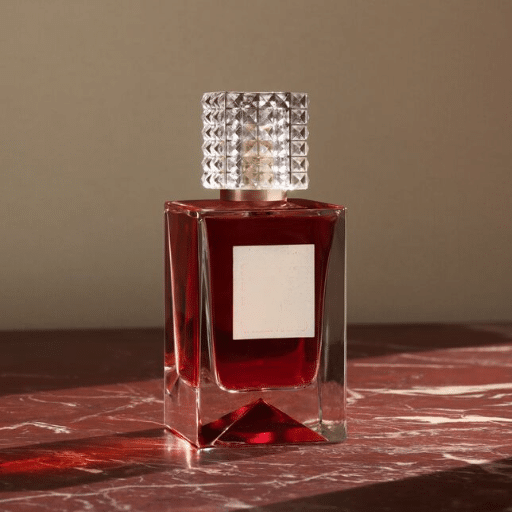
Chanel No. 5
The Chanel No. 5 bottle, designed in 1921, is well known for its basic rectangular shape and geometric lines, which align with Coco Chanel’s idea of charm and ease.
Shalimar by Guerlain
The Shalimar bottle, which was first introduced in 1925 and created by Raymond Guerlain, features a stopper shaped like a fan and a body characterized by curves, making the whole package a luxurious yet timeless thing of beauty.
Jean Paul Gaultier Classique
A woman’s bust-shaped bottle couldn’t have been a better way to portray the assertive, aggressive character of Jean Paul Gaultier’s clothing.
Dior J’adore
It is the nicely fluted-necked, amphora-shaped Dior J’adore bottle, lavishly encircled by golden rings, that is a prime embodiment of grace and luxury.
Nina Ricci L’Air du Temps
It has indeed been iconic since 1948—the affectionately paired doves of the Lalique crystal are in beautiful harmony, hugging each other, all on the bottle cap.
Chanel N°5: The Timeless Classic
Ever since the creation of Chanel N°5 in 1921, the perfume has been a lasting symbol of refinement and grace. Made by perfumer Ernest Beaux himself, the fragrance was a complete change in the market, bringing forth more than 80 ingredients that established a bouquet of aldehydic floral notes that was simultaneously sophisticated and of a futuristically light character. The bottle, with its bright, fine lines, and the plain stopper, reflects the brand’s dedication to luxury in a very discreet way. Over time, Chanel N°5 has been elevated from just a delicate scent — it is a cultural icon that’s even more likely to be remembered for being endorsed by Marilyn Monroe, who once publicly admitted that she wore only Chanel N°5 to bed. With its timeless charm, it reaches an impressive global bottle sales number each year.
Dior’s Miss Dior: A Floral Elegance
Miss Dior is a perfume that symbolizes the type of girl who is graceful and elegant. In its fine and delicate floral composition, First was created in 1947 as a token of appreciation for Christian Dior’s sister, Catherine, thus representing grace, love, and freedom. The spray, though, releases a sudden, pungent smell of citrus, which eventually blends well with flowers such as Grasse rose and peony, then turns into musk and patchouli, which are base notes, and thus the perfume has a delightful, pungent smell. Miss Dior has been fiddled with to stay on-trend in a discreet way, but it still maintains its magical nature and charm. Its unique bottle is full of class, tied with a bow that ties into the Dior heritage. Miss Dior has been loved and worn by many around the world, so it will be a lasting symbol of elegant, beautiful love for years to come.
Yves Saint Laurent’s Opium: A Bold Statement
In 1977, in the context of Yves Saint Laurent’s activities, Opium was an explosion in the fragrance world, with its definitely daring and provocative composition. This same scent is not only evident in its very provocative nature but is also mysterious, beautiful, sensuous, and possesses many other qualities, composed of a vibrant, exotic, floral, and deep-resinous notes combination. The heart of Opium contains the heavy jasmine and carnation, mixed with the even warmer, luxurious amber of myrrh, and then, perfumed by this, the captivating and unforgettable aroma is created. This scent was not only a breakthrough in the world of perfumery but also paid homage to a rich and indulgent era. The mix of a daring name and a bottle lacquered in red —a color that was very striking —reinforced the Opium fragrance’s character, making it a classic that remains timelessly fascinating and attractive to many perfume lovers worldwide.
Modern Icons in Perfume Bottle Design
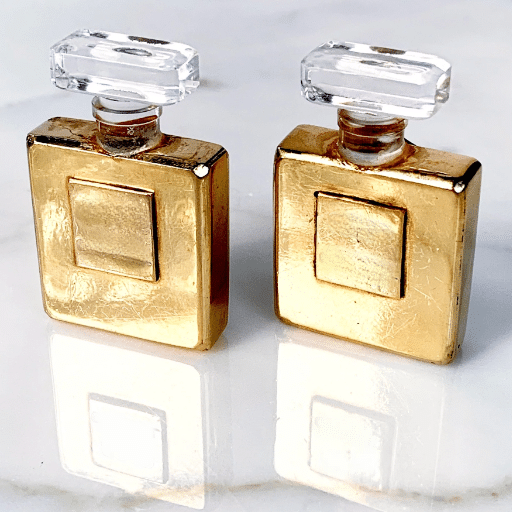
The design of contemporary perfume containers, with their blend of art and utility, is remarkable, as the focus on innovation is apparent and the brand’s identity is encapsulated. The list of successful exploits in this regard can include the square bottle of Chanel No. 5, which has become almost a symbol of the brand because of its non-restrained yet graceful design, essentially luxury. Like the first example, Marc Jacobs’ Daisy is also a well-known model, revealing little secrets of charm and youth through the free-spirited flowers that blossom on its surface. Another design that was a massive success in the market was Baccarat Rouge 540, thanks to the brand’s high-class, exclusive image, as demonstrated by the crystal used in the flask. This series of bottles is not just for sniffing perfume; they represent the scent’s spirit, making them a hot collection item and attracting passionate fans.
Marc Jacobs’ Daisy: Playful and Whimsical
Marc Jacobs’ Daisy line was created to make the fragrance’s youthful, bright nature stand out even more through the perfect design. The trademark bottle has only a minimalist glass base, yet it gives the impression of a bed of big daisy-inspired flowers. They are very colorful in white, pink, and gold, and are a playful dyeing factor in the overall container, too. This alternative approach to the design of the perfume, distinctly yet at the same time in a playful way, conveys the smell’s breeziness. The Daisy line has already boasted a variety of editions, and only time will tell which other versions of these scents will come out in the future; however, all of them will continue to carry the line’s elements of genuine freshness and never-seriousness. It is one of the most famous perfumes from Marc Jacobs’ design house, and the lavish design is beautifully embodied by the uplifting and playful fragrance, along with packaging that attracts both delightfully new and mature consumers who no longer feel young.
Viktor & Rolf’s Flowerbomb: A Floral Explosion
Launched in 2005, Viktor & Rolf’s Flowerbomb has been considered a daring and sumptuous fragrance that garnered quick notice for its unusual floral blend and chic packaging. It is a perfume designed to be a total sensorial blast, carrying a rich bouquet of notes such as jasmine, orange blossom, freesia, and rose, all balanced by lower-toned, warm scents like patchouli and vanilla. The combination of the said fragrances makes the perfume both sweet, rich, and sophisticated, and the scent’s presence is still felt. The bottle, looking like a diamond grenade, brings a touch of glamour and audacity; in addition, it fully represents the brand’s very avant-garde spirit. Being loved by everyone around the world, Flowerbomb is still one of the most sought-after perfumes for those who want to make a robust, unforgettable entrance with their scent, while at the same time expressing their femininity and strength equally.
Good Girl by Carolina Herrera: Duality in Design
Carolina Herrera’s Good Girl is a perfume that presents opposites in a beautiful way, while the latter part comes out as the higher one, embodying the two sides of mode rn femininity. The one that has taken the shape of a stiletto in an eye-catching bottle implies, by its very appearance, elegance and power. A fragrance that harmoniously manages to mix the two characters of sweet and seductive by providing jasmine and tuberose for the floral sophistication and cocoa along with tonic bean for the rich depth. This is an artful in-between piece that shows the woman’s softness and her incredible power in the same body. The public and the critics agree, Good Girl-drinking ears. The fragrance has become a contemporary design in the luxury fragrance world, and many people want it again and again.
The Evolution of Fragrance Brands and Their Bottles
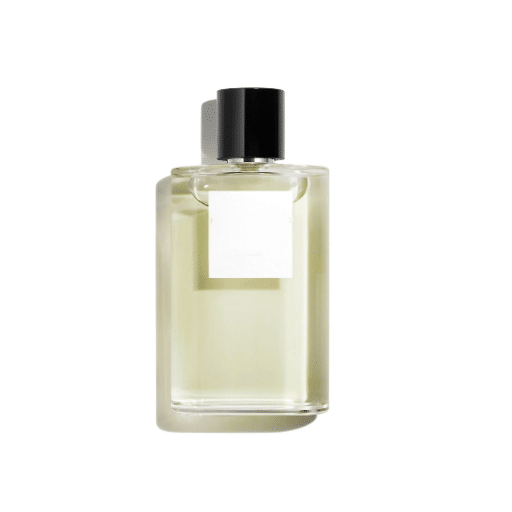
Over the years, fragrance brands have continually changed their product formulas and packaging to adapt to clients and the trends in society. The initial bottles of the perfumes were mere necessities, simple glass devices designed for practical purposes. However, the entire image of the fragrance has been altered to one of luxury and self-expression. Therefore, the brands began spending a lot of money to make their packaging increasingly beautiful. The very recognizable bottle shapes, the most minor details, and the best materials used made the bottles little visual poems about the scent. The minimalist design of the bottle of Chanel No. 5 has long been synonymous with the perfume’s elegant, rare style, while scents that dared to be different, like Good Girl by Carolina Herrera, have presented their fragrances with bold, one-of-a-kind bottle designs. Nowadays, bottles play a significant role in marketing strategies with their witty forms and the most creative use of color and materials, and at the same time, are very appealing to customers through their initial visual charm. This thus shows a clear evolution: the bottle design is as essential as the making-fragrance-quality process in establishing a long-lasting impact.
How Perfume Brands Influence Bottle Design
Perfume brands often draw inspiration from various sources while designing their bottles, helping them build a stronger connection with their clients through not only the perfume’s scent but also the emotions it might evoke. For example, many high-end brands might draw on their past to replicate the same elements in the bottle, thereby repeating the same and making it stronger. The superstar among all chic fragrances, Chanel N°5’s straightforward yet universal bottle is evidence of the brand’s uncompromising commitment to the very finest in the world. Likewise, some companies are bent on portraying characters out of the bottle design by making the bottle one with the characters or factors of the narratives. For example, Marc Jacobs’ “Daisy” borrows the innocence of children as one of its marketing strategies, and the same can be extended to the perfume’s flower-decorated cap, which aligns with the fragrance’s playful, fresh nature.
On top of that, there have been coming-of-age moments in the world of materials and technology, which enabled brands to expose their creative selves. Designers often experiment with glass etching, metallic finishes, and sustainable packaging to align with modern consumer values. Lately, sustainability has been a significant issue, and many brands have started integrating such practices into their production, such as Viktor & Rolf using refillable bottle systems and recycled materials to make their products more appealing to the environmentally conscious. These new products are not only visually appealing but also reflect the brand’s commitment to staying up to date with the latest market trends and consumer expectations.
The Role of Baccarat in Luxurious Packaging
Like most luxurious brands, Baccarat—the French crystal glass manufacturer of myth and whim—has an association with the ultra-rich and, most of all, the very crafty, which has been a premier choice for packaging high-end perfumes and spirits. Baccarat, the producer of highly transparent, flawless leaded glass, creates a package for a product that is thus elevated to an excellent level of sophistication. Often, luxury brands invest in Baccarat to make their own crystal bottles, which are the most artistic and exclusive of all. When they collaborate, the outcome is a desired object for collectors that combines practicality with the attraction of timeless design. Baccarat’s traditional and quality-innovative heritage ensures it can remain a mighty player in the field of luxury packaging.
Innovations in Perfume Bottle Design
The design of perfume bottles is no longer just about that little glass container; it is now a combination of expression and technology. Nowadays, green designers make the most of the spectrum of materials, from eco-friendly plastics to biodegradables, up to glass highly enriched with recycled materials, to show their commitment to the green cause. The very new term in the perfume world, encompassing features such as tracking fragrance usage and placing refill orders online via users’ smartphones or digital assistants, seems to be a powerful consumer trend. Furthermore, the concept of luxury brands positioning themselves as environmental warriors in the perfume domain and thus achieving the union of luxury and ecological friendliness could not have happened without innovation.
The Legacy of Iconic Fragrance Bottles
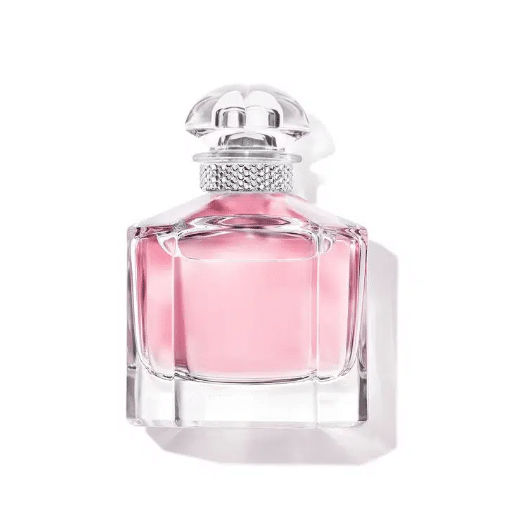
The enduring legacy of iconic perfume bottles lies in their fusion of creativity and personality, making them the ultimate cultural touchpoint. The example of Chanel No. 5, with its very masculine, straight-and-narrow figure, and Guerlain’s extremely decorative “Bee Bottle” exemplify how fragrances become symbols of eternal elegance and Middle Ages style. These bottles frequently told a narrative linking the aroma to a specific time, a particular designer, or a social movement. Their ageless attractiveness is a testimony to the strength of the union of visual aesthetics and design principles that lie at the very root of existence and, therefore, ensures they live on as the world’s luxury giants’ most poignant memories.
What Defines the Iconic Fragrance of All Time?
An iconic scent outshines passing fashions and becomes a metaphor for the talent, the past, and the very self. Its structure, combined with the innovative technique and selective ingredient selection, evokes a sensory experience that is both timeless and one-of-a-kind. The choice of aldehydes in Chanel No. 5 and the rare ambergris and tobacco in Tom Ford’s Tobacco Vanille constitute the perfect balance between the intricacy and the wearability of the iconic fragrances. Aside from the fragrance itself, culture’s contribution to the perfume’s success should not be overlooked. Fragrances associated with the lives of celebrities or with certain iconic moments and venues in the history of the arts often reach the top as they become ingrained in the public’s mind. These fragrances’ timeless qualities are equally related to their ability to please different generations yet remain true to their main idea; hence, they rank among the most rewarding luxury items, indicating sophistication and individuality in the world.
Future Trends in Perfume Bottle Design
The design of perfume bottles is closely linked to both sustainability and technological innovation. Lots of brands are using biodegradable components and recycled glass, as these are the main options for tackling ecological issues and waste. The slowly evolving aesthetics, focusing on the basics, together with products that are refillable and reusable, are what the world is moving toward, and they are beautiful and very stylish at the same time. On top of that, the use of intelligent technology is becoming increasingly popular; for example, NFC (Near Field Communication)-enabled bottles that let consumers access product details, scent composition, and brand story with just a tap of their phone. Exclusive, personalized bottle designs are becoming increasingly common and help satisfy consumers’ need for personalization and exclusivity. These emerging trends signify an industry that is not only adjusting to or responding to modern ways of thinking but also setting innovation and environmental consciousness benchmarks.
Why Iconic Bottles Matter to Perfume Enthusiasts
Iconic perfume bottles have something so special, locked in fans’ hearts, as they not only embody the perfume’s originality but also serve as artistic and identity symbols. Thus, an exceptionally well-designed bottle is more often than not the epitome of the fragrance, making the sensory experience in this sense far richer. Namely, these collector bottles are living proof of the continuous making of the brands, the changing of the times, and the very opening of the culture a company belongs to. Further, research has shown that unusual and highly provocative packaging can notably affect customers’ buying decisions, with people adhering to designs that suit them best or that evoke an emotion. The attraction of the skin-bottles lies not just in their looks but also in their narrating capacity, turning daily objects into unnoticed yet still treasured reminiscences.
Reference Sources
Deciphering the message in the perfume bottle
Summary: This paper explores how perfume bottles serve as metaphors and pseudo-iconic representations in marketing.
Message in a Bottle: An Analysis of Modern Perfume Usage as a Nonverbal Communicator
Summary: This research investigates how perfume bottles and their designs act as nonverbal communicators, influencing consumer emotions and memories. It highlights the role of iconic designs like Chanel No. 5 in creating lasting impressions.
Frequently Asked Questions (FAQs)
What Makes an Iconic Perfume Bottle Design Stand Out?
Perfume House is a famous brand with different types that capture the fragrance’s inner essence and aroma, inspired by art, and this further adds character. Other bottles are like Chanel’s n°5 and Yves Saint Laurent’s Opium, a sight of which alone can stir up various feelings and thoughts in people’s minds. As far as packaging goes, this is also where the themes of other senses being mirrored into the olfactory sense are manifested, two cases in point being the harmonious blend of carriers with the premium natural oil provided by heat-dependent artisan methods, as well as this to all customers of these very products. One might add that packaging with modish graphical elements is the silent salesman that appeals through lust, aspiration, and thus success, in preference to any other means.
How Do Iconic Perfume Brands Influence Bottle Features?
The world of fragrances would not be the same without some of the iconic perfume brands that have set the bar high for innovative bottle designs that are hard to resist for customers. The bottle’s design is often reminiscent of the fragrance’s theme—Dior’s Miss Dior, for instance, has a very dainty vessel that complements the floral notes. At the same time, Marc Jacobs’ Daisy teases with all these bubbly, playful accents. Such brands are known for using custom bottle designs as part of their brand strategy, ensuring that the bottle itself becomes a collectible. The choice of superior materials, such as crystal or exclusive glass, also plays a role, providing customers with a sense of luxury.
What Are the Stories Behind Iconic Perfume Bottles?
The stories that the iconic perfume bottles narrate can be seen as reflections of the different cultural influences and the historical events of their time. Shalimar, designed around the great Mughal emperor of India, Shah Jahan, draws on the grandiloquent concept of love and beauty to rank among the best-loved scents of all time. La Vie Est Belle, this designer scent by Lancôme, also draws the attention of buyers with its charming, elegant bottle design and the equally charming fragrance notes that offer a sweet, gourmand experience. It is these tales that build a connection between the consumer and the fragrance, thus turning a mere product into a highly prized and memorable item.
Why Are Some Perfume Bottles Considered the Most Iconic in the World?
Chanel’s No. 5, for example, is regularly seen as the definitive perfume bottle with the most basic visual and evergreen charms. Other good examples are Baccarat’s crystal perfume bottle for the fragrance L’Air du Temps, which communicates the adjectives luxury and elegance at their best and thus becomes a favorite among perfume collectors. The bottle itself often becomes a statement piece at ladies’ dressing tables, reflecting the owner’s taste and style. The play between the scent and its packaging design creates a very striking consumer experience that stays in the memory. These significant bottles not only fulfill their function but also act as powerful symbols of personal identity and self-education.

